Graphics Reference
In-Depth Information
with the orientation [
e
1
,
e
2
,...,
e
i
] if i is odd and -[
e
1
,
e
2
,...,
e
i
] if i is even. In the
first case, ∂
c
i+1
will equal 2
c
i
1
and in the second, 0. What this shows is that, for 0 < i
£ n,
i
()
=
ª
Z C
0
Z
if i is even
if i is odd
and, for 0 < i < n,
i
()
=
ª
B C
0
2
Z
if i is even
if i is odd
.
Part (2) of the theorem follows from the fact that 2 is the same as 0 in
Z
2
. For a
more rigorous proof of this theorem see [CooF67].
The cohomology groups and cohomology ring structure of
P
n
are:
7.7.2. Theorem.
(1) H
0
(
P
n
) ª
Z
0
for
0 < i < n and i o
0 < i < n and i
dd
()
ª
Ó
˛
i
n
H
P
Z
for
even
2
Z
Z
n even
n odd
()
ª
Ó
˛
2
nn
H
P
(2) H
i
(
P
n
,
Z
2
) ª
Z
2
, 0 £ i £ n,
(3) As a ring using the cup product, H
*
(
P
n
,
Z
2
) is a polynomial ring with one
generator w
n
ΠH
1
(
P
n
,
Z
2
) satisfying a single relation w
n+1
= 0, that is,
[
]
Z
w
*
(
)
ª
2
n
n
H
PZ
,
“ ”
.
2
(
)
n
+
w
If i :
P
n
Ã
P
n+1
is the natural inclusion, then i
*
(w
n+1
) = w
n
.
Proof.
See [CooF67] and [Span66]. We could use Theorem 7.3.1 for part (1).
We finish with a result about the homotopy groups of
P
n
. Recall, however, our
earlier comment that the sphere
S
n
has nontrivial higher homotopy groups.
7.7.3. Theorem.
Let n ≥ 1.
(1) Since
P
1
is homeomorphic to
S
1
, p
1
(
P
1
) ª
Z
.
(2) If n > 1, then p
1
(
P
n
) ª
Z
2
.
(3) p
i
(
P
n
) ªp
i
(
S
n
) for i ≥ 2.

